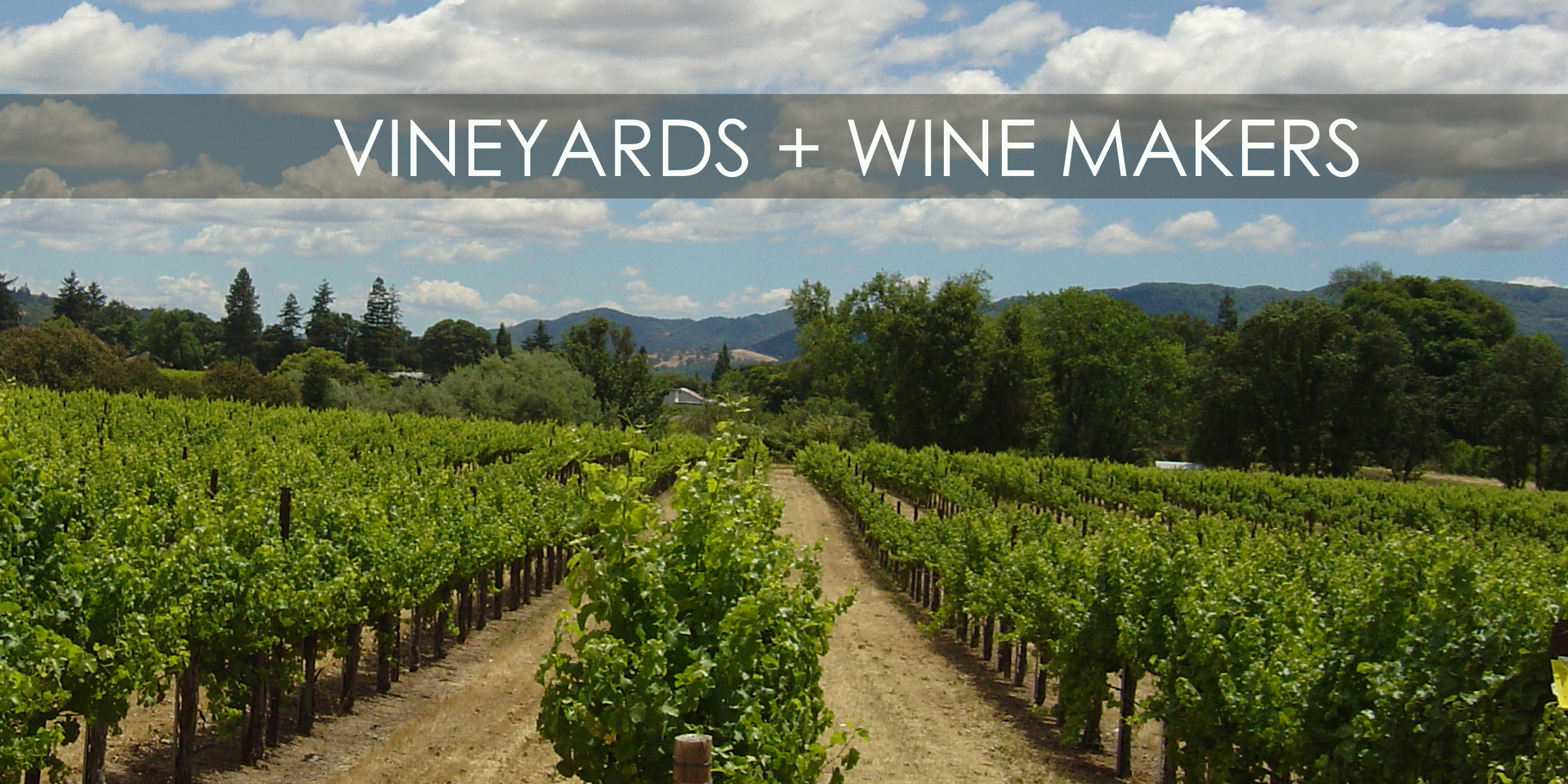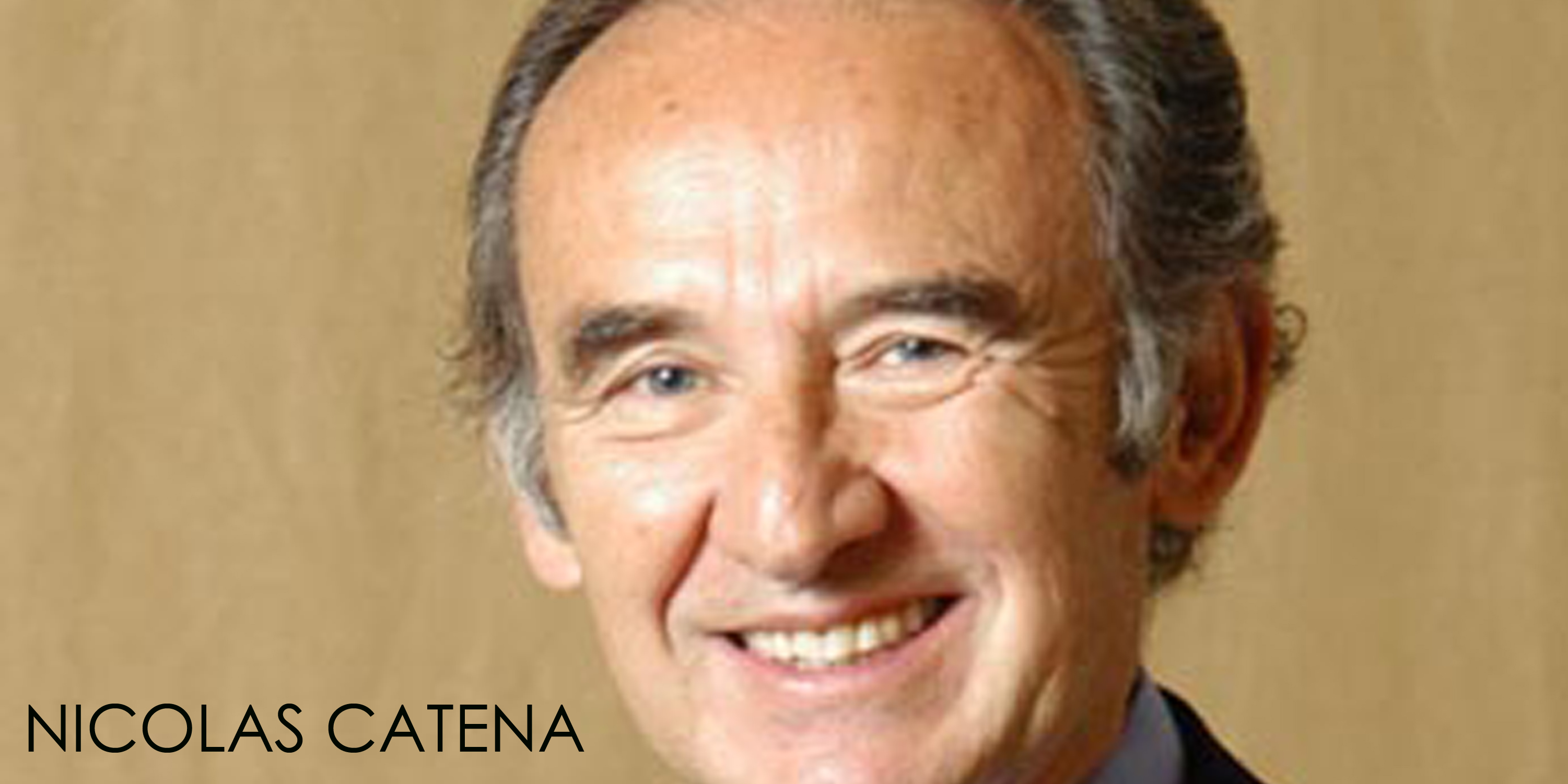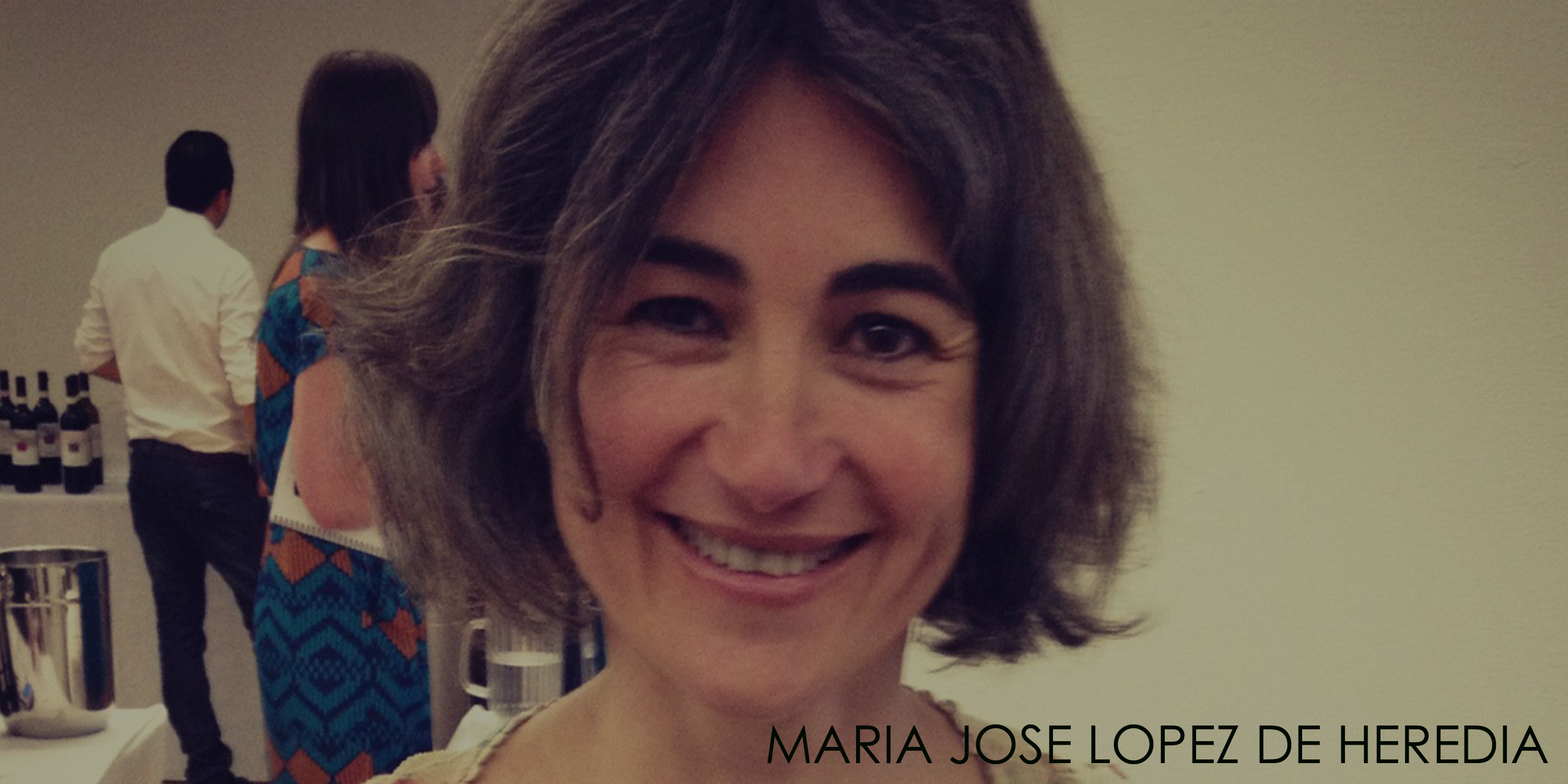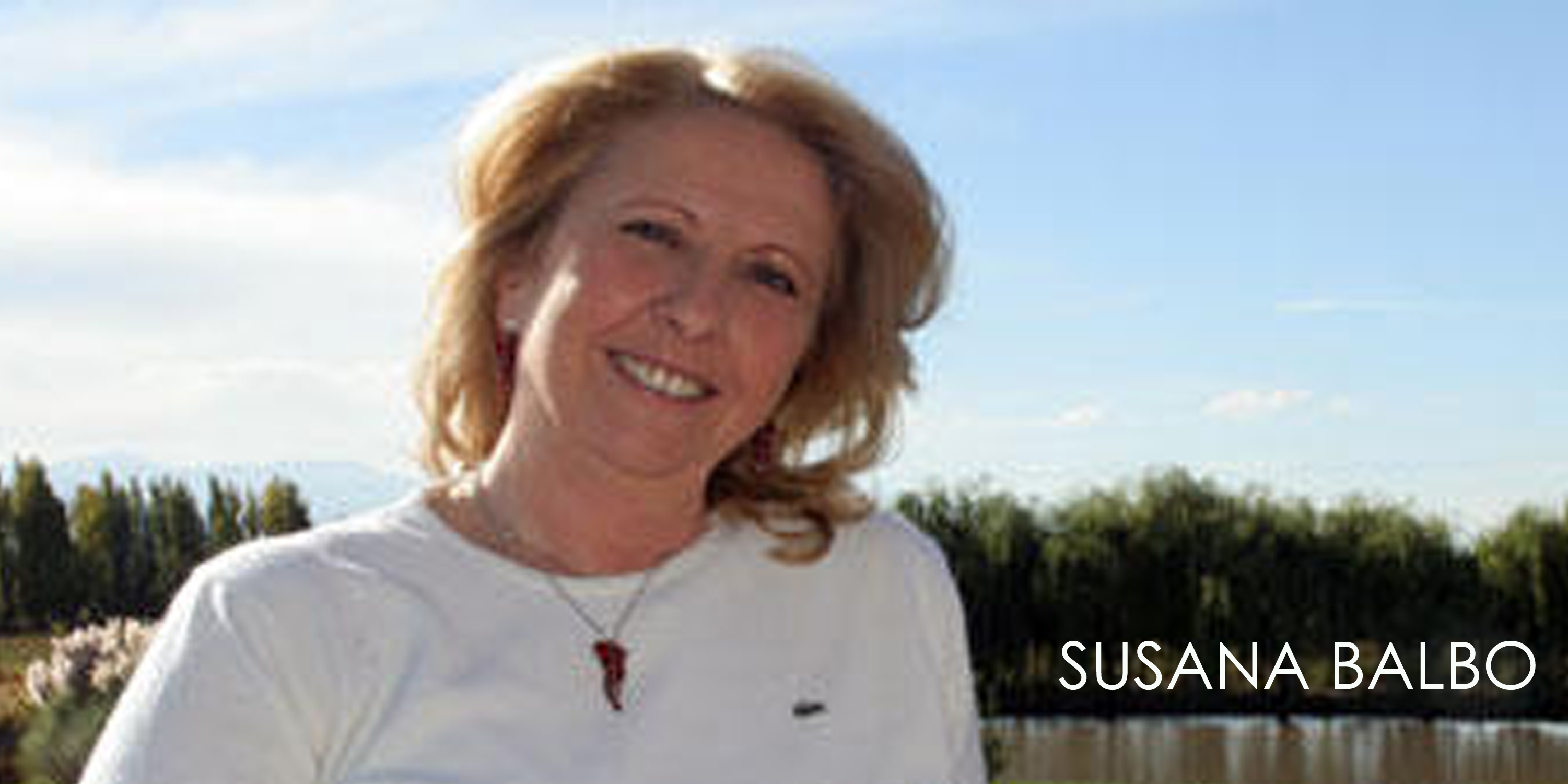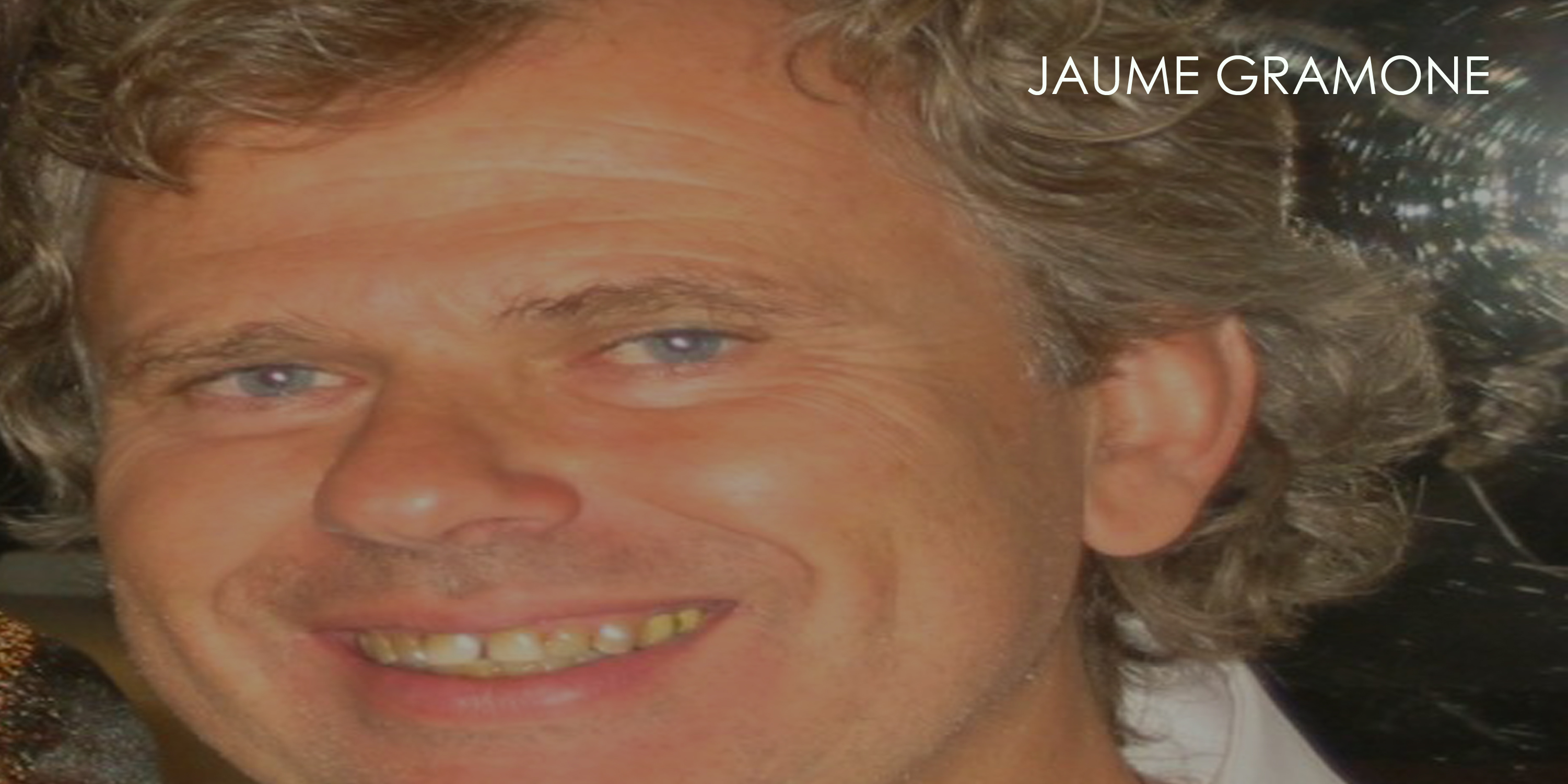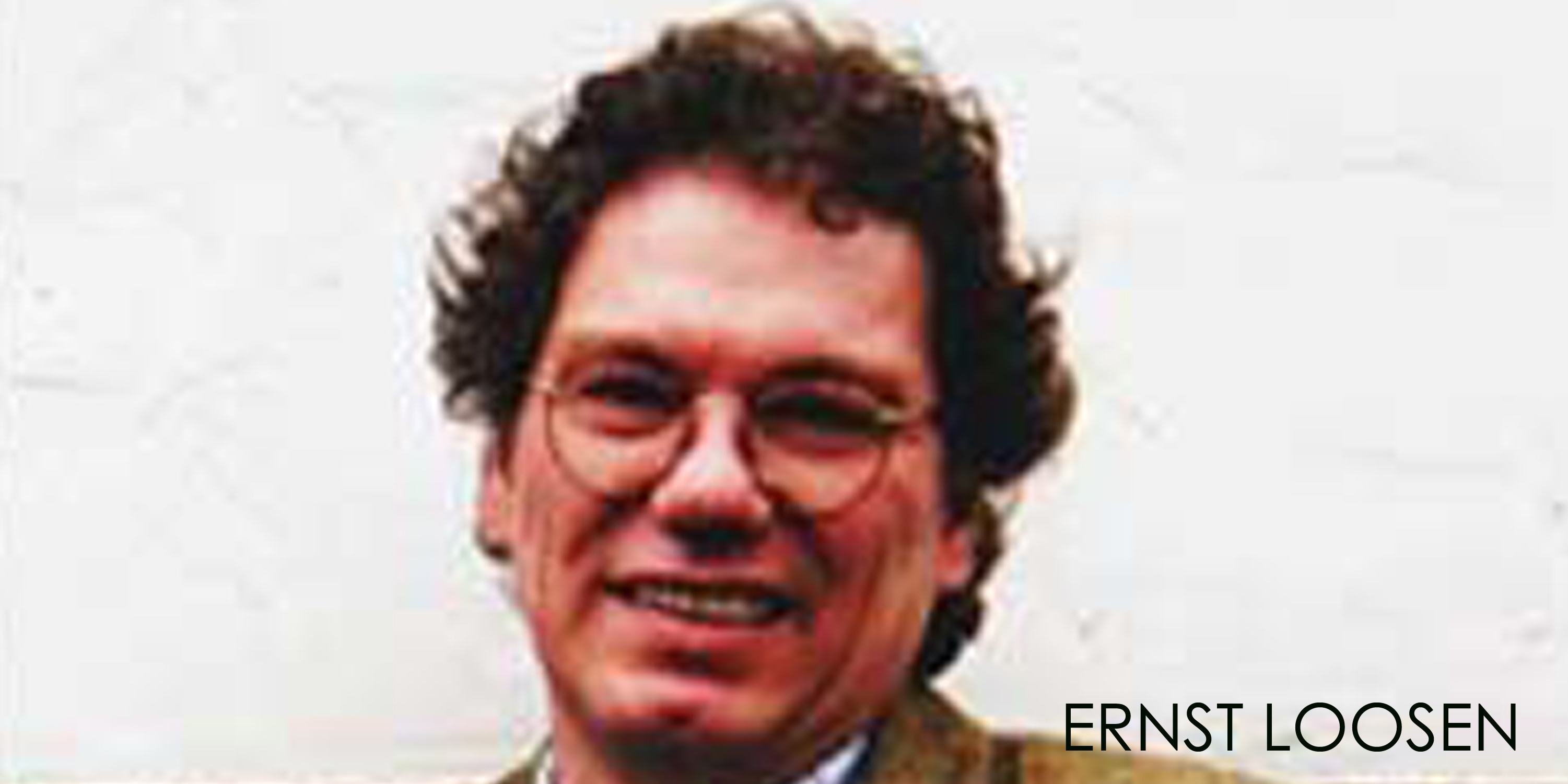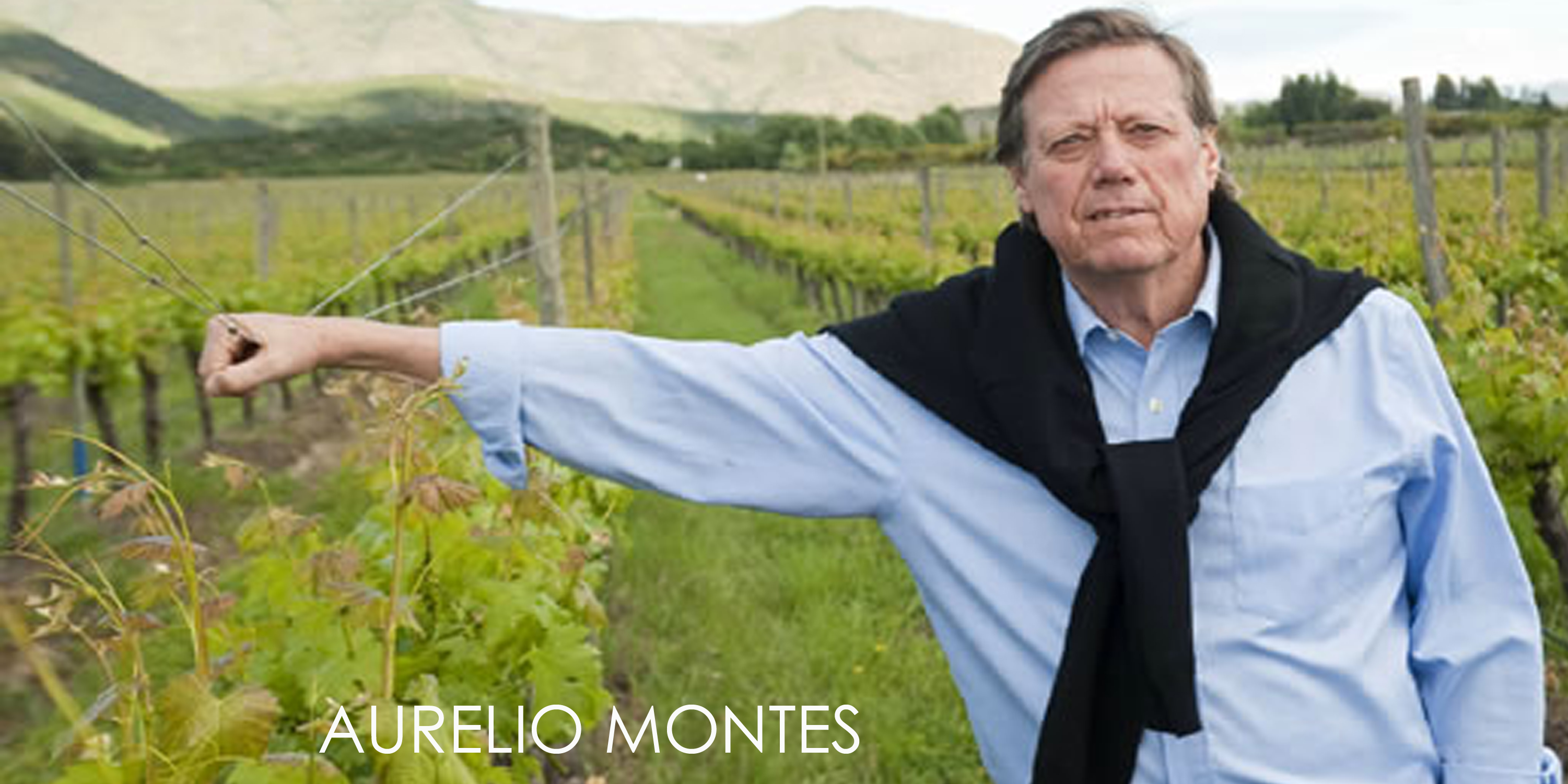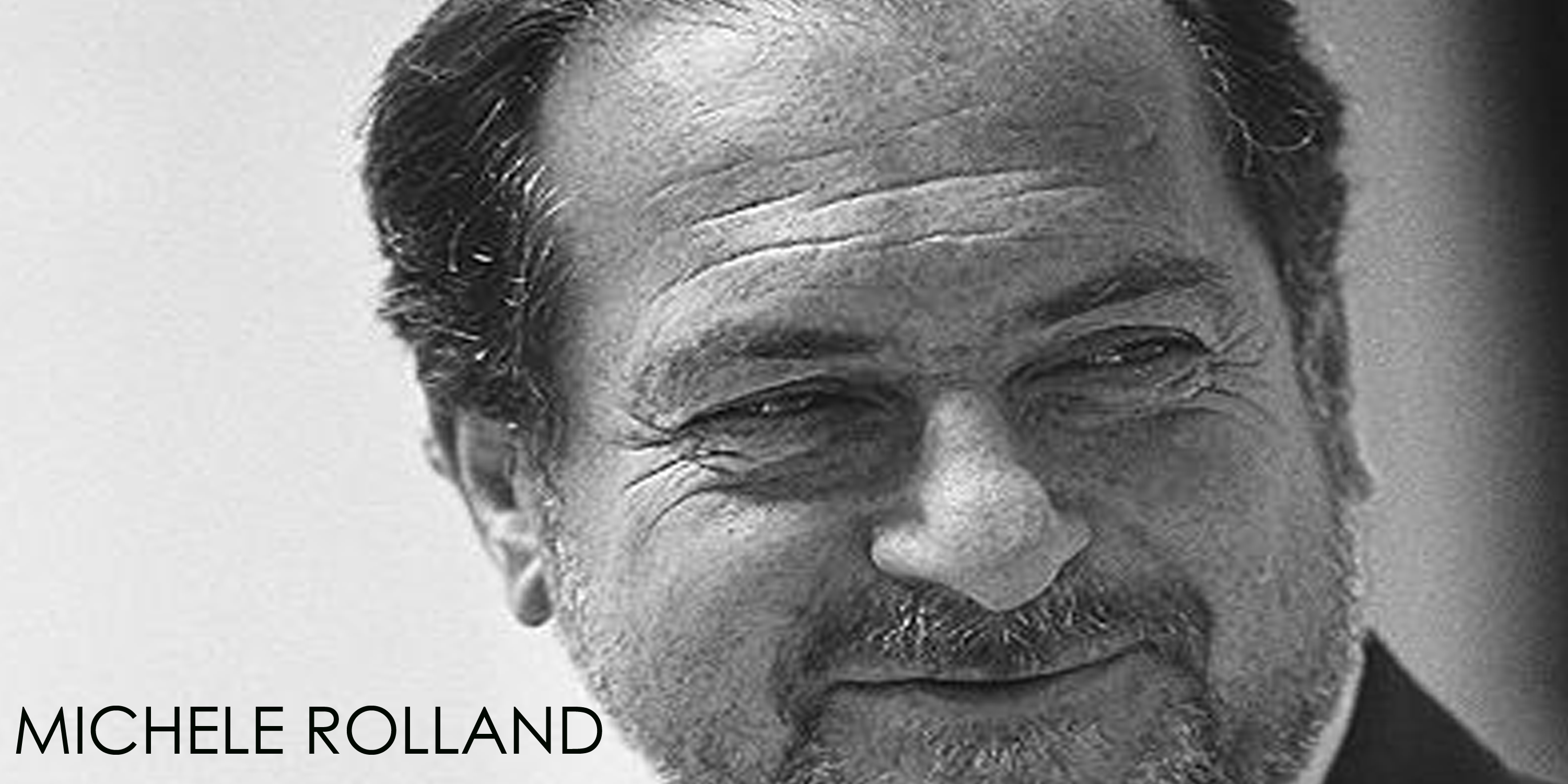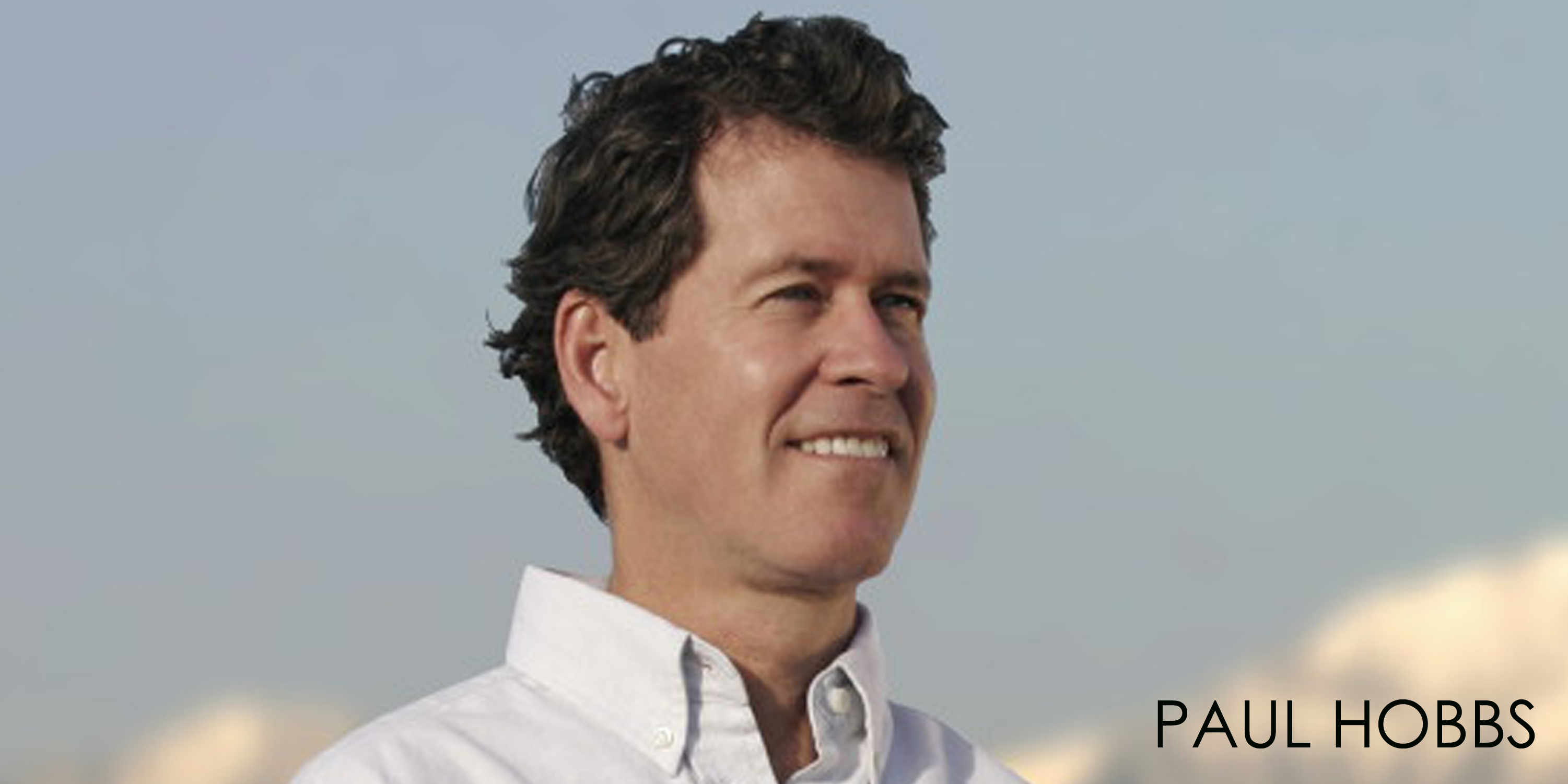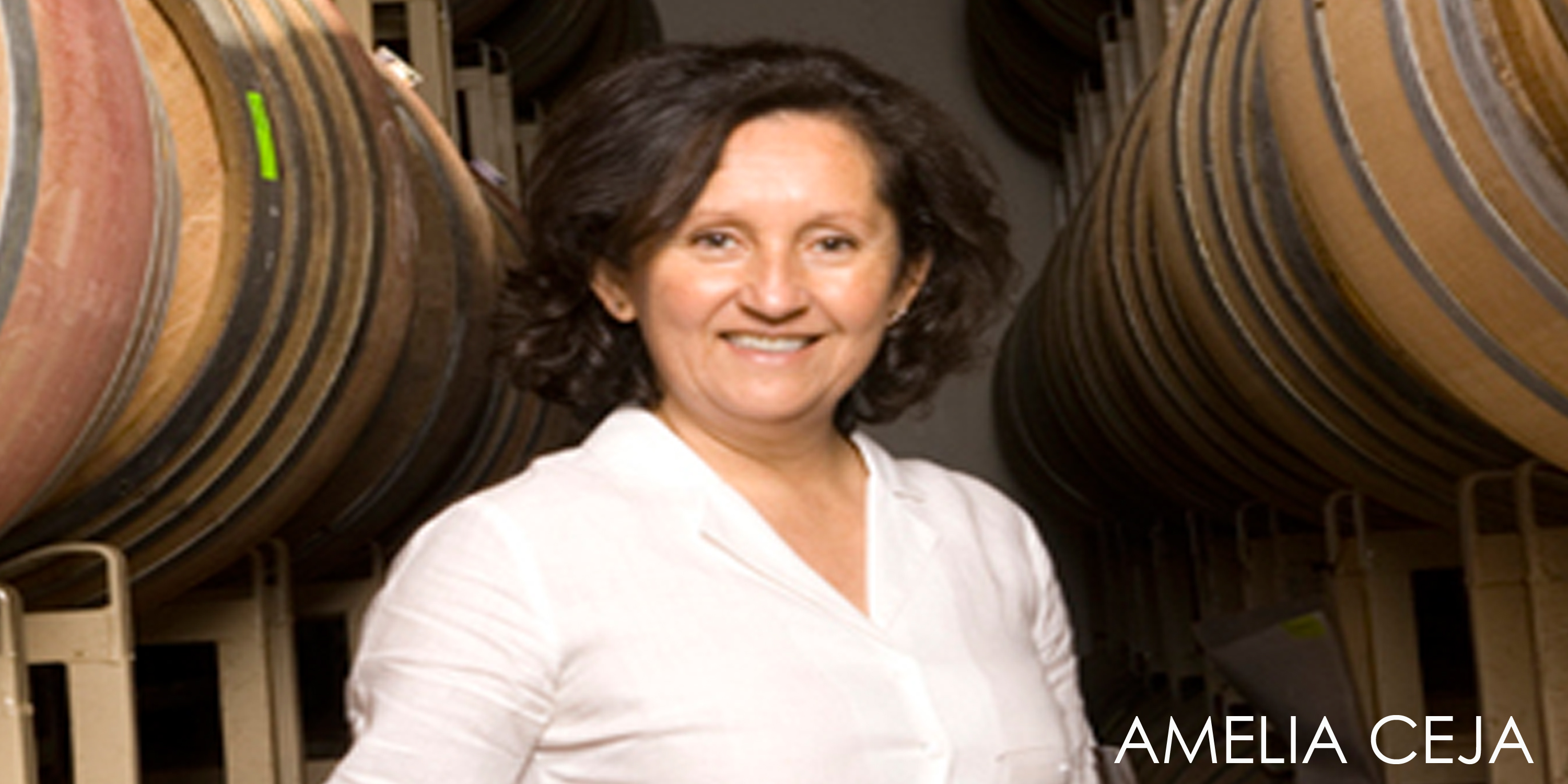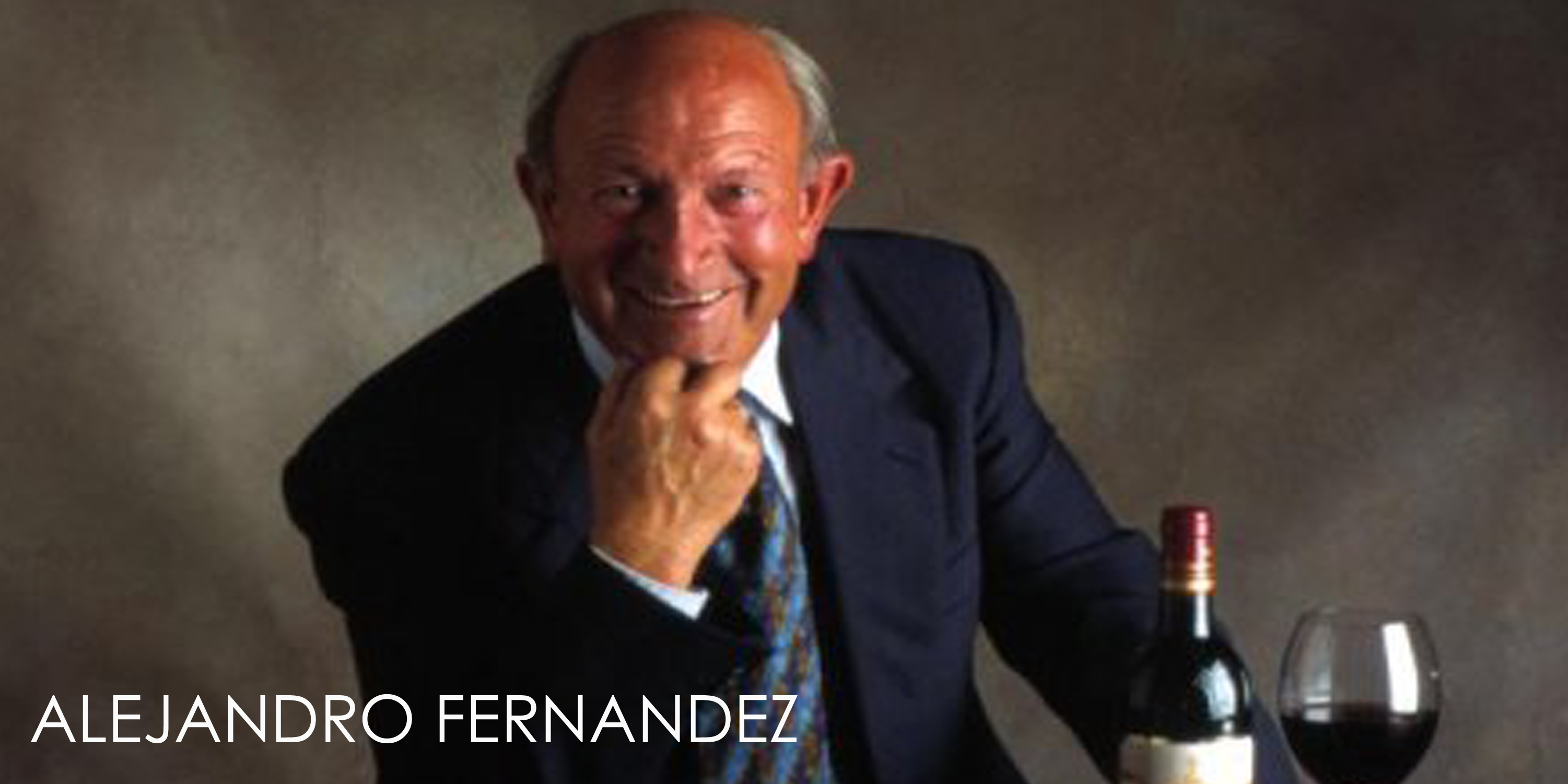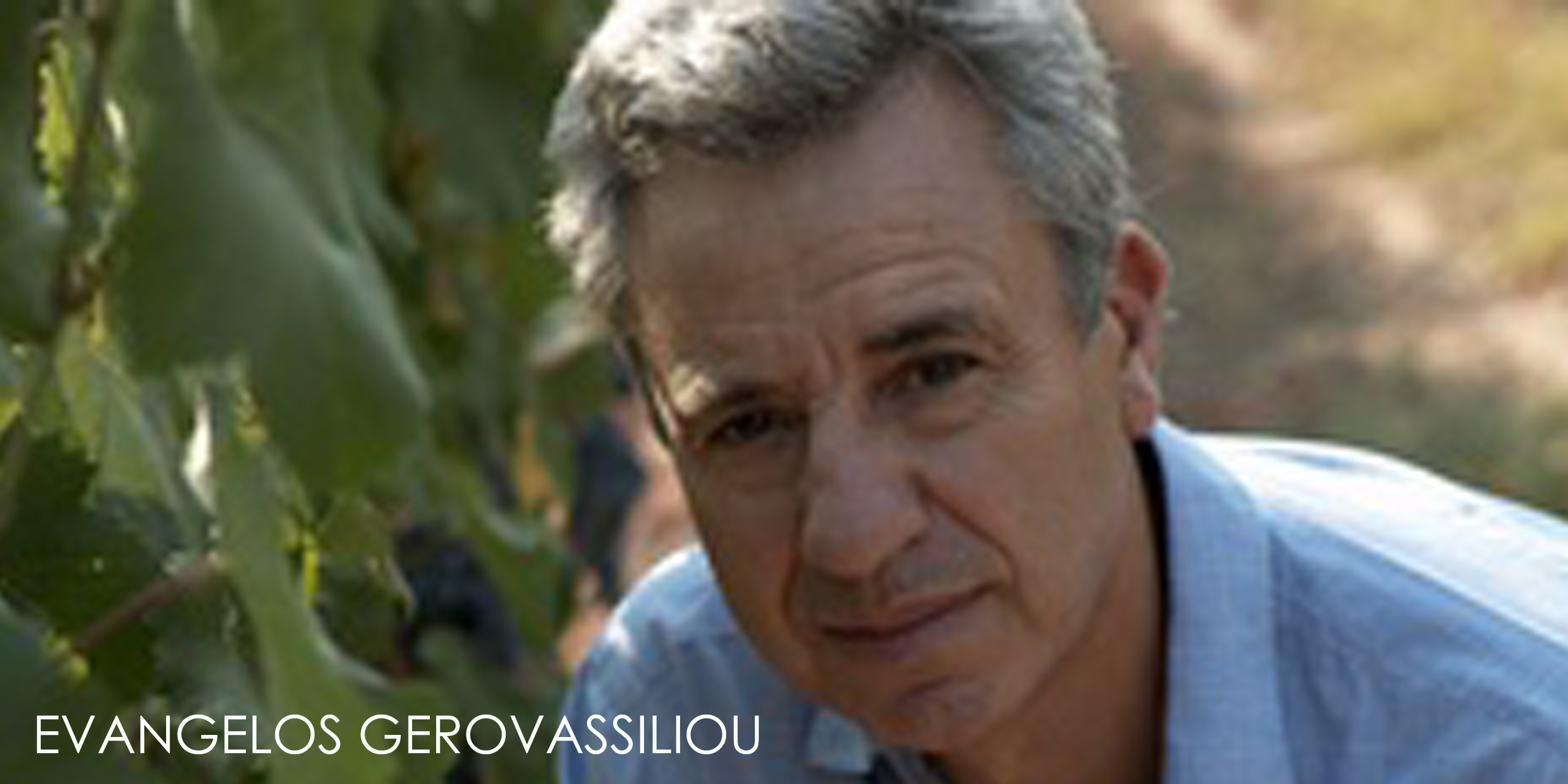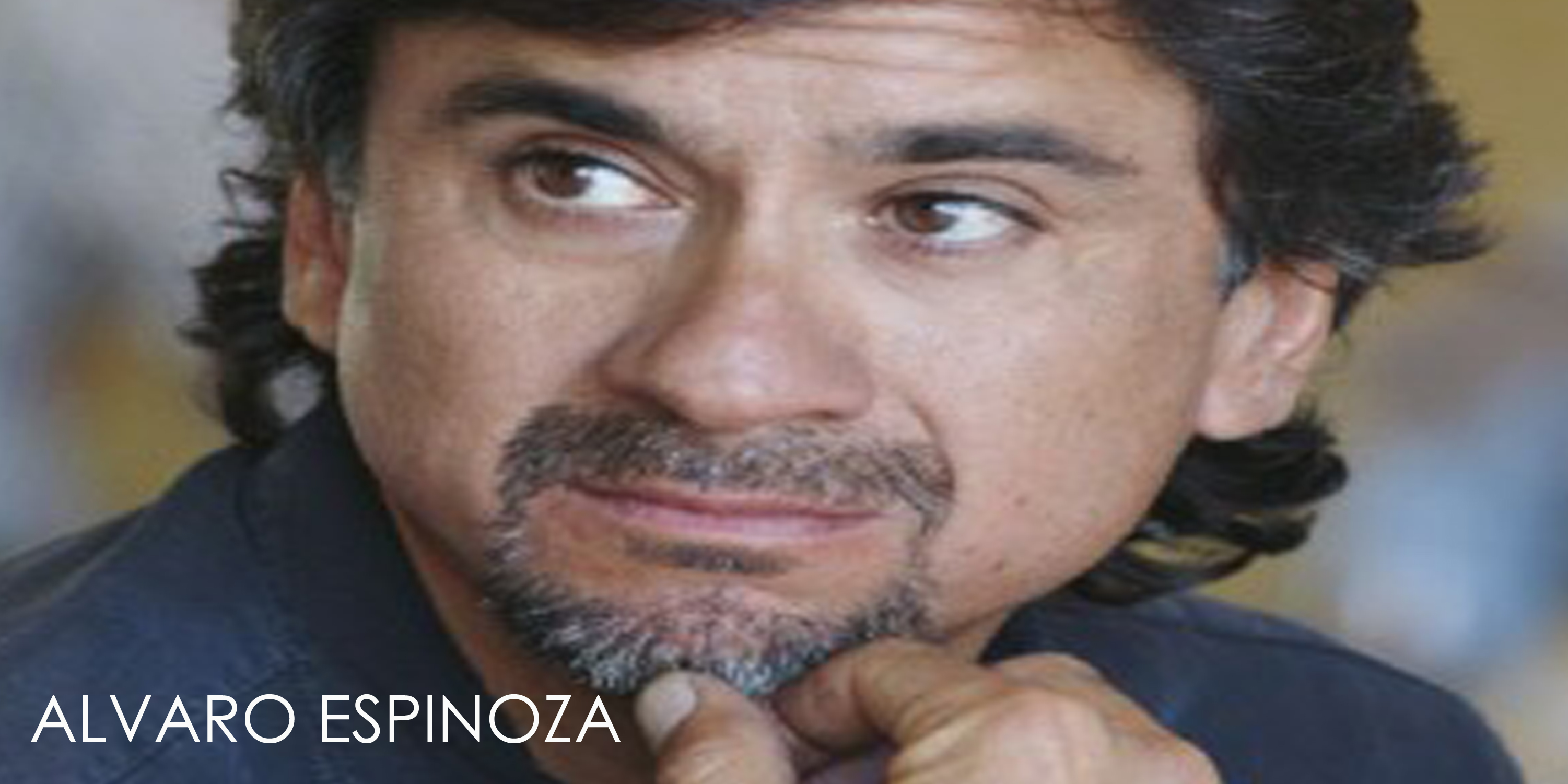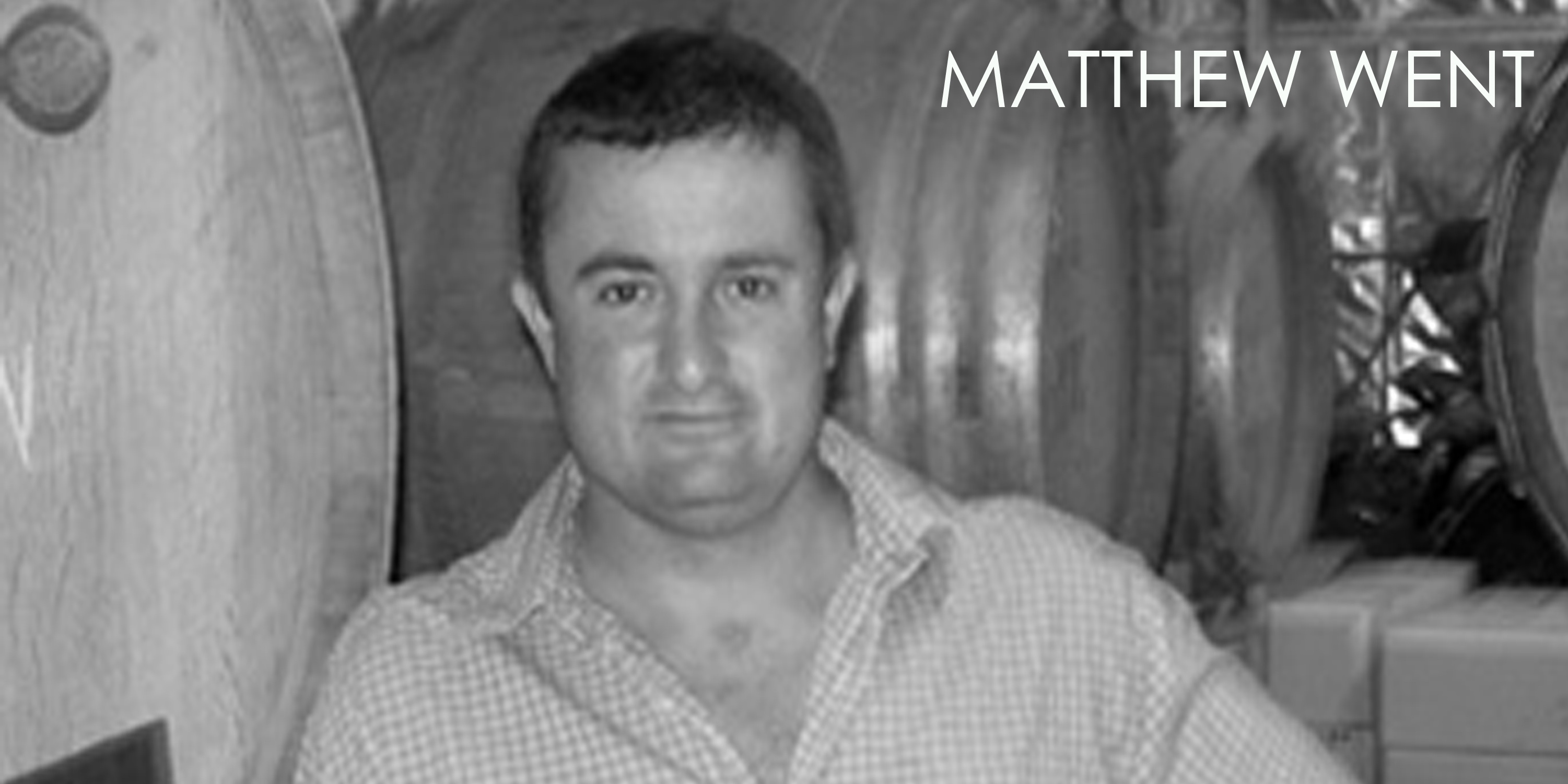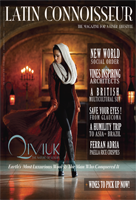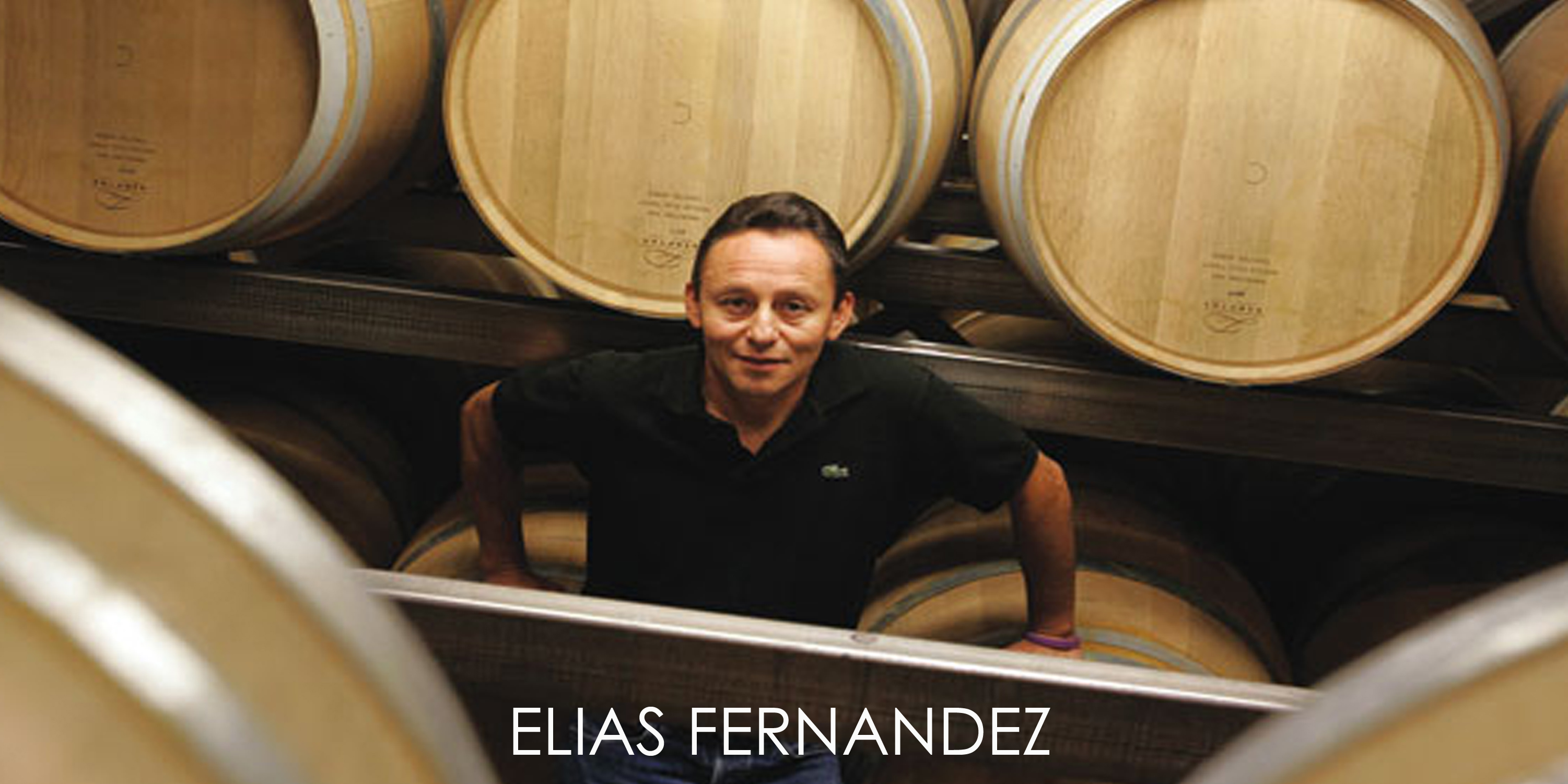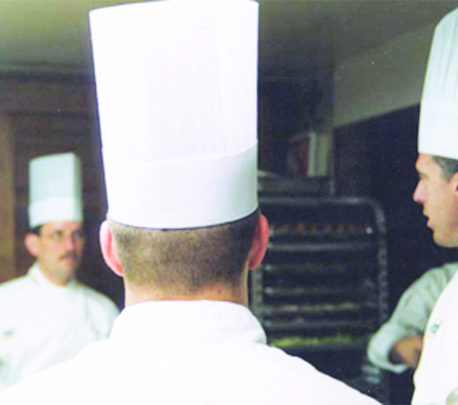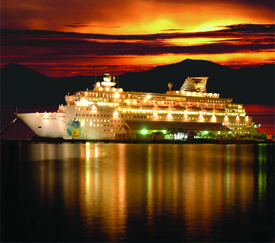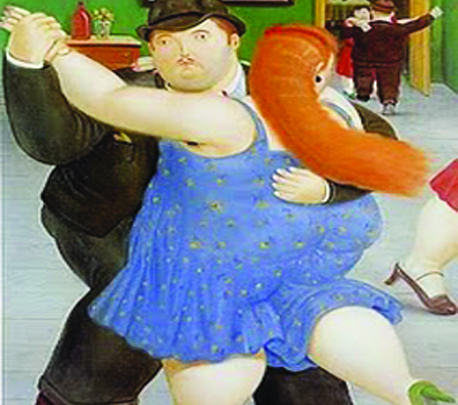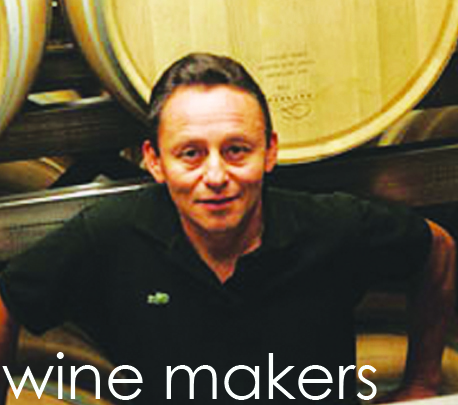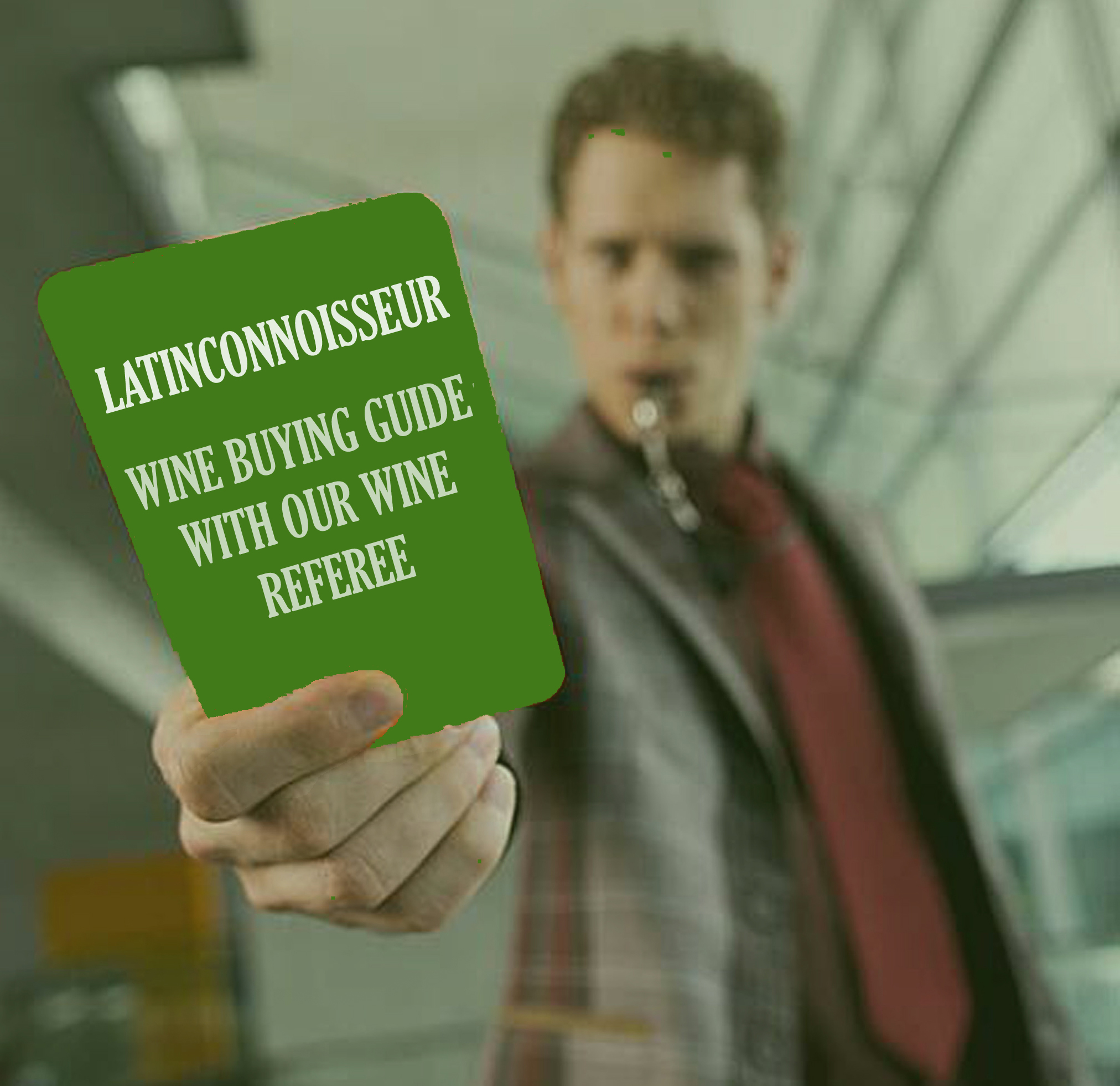So for those who know him a bit and for those who don’t know him at all here it is once again. The double life of Elias Fernandez. The other reason I’m writing about him it’s because while working serving wines in restaurants I have been inspired by his wines which reflect his solid and bold work ethic dedication, hard work and sacrifice.And why not I want to emulate that and reflect on my own professional life. And hey who knows I’m not the only wine professional or wine lover who has been influenced by him .As a Sommelier I know that serving wine professionally requires a big amount of inquisitive habits.In order to understand a wine you are serving better, you must learn also about who made it. Once you have established that link, explaining wines to your guests and your audience becomes much easier and of course your work too.The first positive link I feel there is when serving his wines is that we are both Hispanic, which gives me immediately me personally some sort of pride. Every time I offer his wines even though I know He is not the owner of the winery I always refer to Shafer wines as his wines.But inspiration for Elias did not come easy He sweated first at home with his mom whom persisted with the idea that education should be his first priority. He played trumpet in the St. Helena High School jazz band, and when he graduated in 1979, he received a Fulbright Scholarship in music.Today he says, Education is the jump over prejudice directed against Mexican workers. I tell kids, “School is important. You have all the rest of your life to work”.Elias first enrolled at University of California, Davis to study enology (the science of winemaking) where He graduated with High honors in mid 1980’s with a degree in fermentation science.But while still in college He grew more curious about winemaking and also in how to pay his education ands He went through a few internships in wineries such as: Schramsberg Vineyards, Louis Martini Winery and Cuvaison. He grew more knowledgeable about every day wine making activities from crushing, bottling lines, cellar operations and the overall package of how to run a winery. Three weeks prior to graduation in 1990 he was hired as assistant winemaker at Shafer Vineyards and four years later after He earned John’s and Doug Shafer’s trust by working side by side every day became the wine maker.In 2002 he accepted a prestigious “Hall of Fame” award from the Hispanic Scholarship Fund in Washington D.C. and attended a White House reception hosted by President George W. Bush.The other link is that “the truth is in the juice” Elias or Shafer wines are easy to explain in flowery words, which doesn’t happen with other wines. And that is certainly a plus for any Sommelier if the wine is good it will speak for itself in terms of quality and drinkabiltiy, you don’t have to really convince people to buy it, I guess you got the point.While tasting his wines you find: Elegance, Terroir identity, and Sense or sustainable farming practices. Elegance in wines is a sought after type of feature uniquely achieved by creative wminds and crafty hands that have a round understanding as a result of many years of experience in wine making and aging techniques.Elegance is what give its most famous wines their name and character. Not big tannin monsters like some of the Valley’s most famous wines, they’re softer and silky yet have proven potential for aging as well as early enjoyment. “The wines speak of the place, of the terroir,” Fernandez notes.
IDENTITY ETHIC AND TERROIR
His calm unpretentious demeanor transmits a remarkable innate Hispanic treat this love and devotion to his family even with his busy schedule He still manages to attend his 3 boys basketball an baseball games and as his one of his priorities encourages them to end their college careers.He is proud of being the son of Hispanic immigrant father. He takes advantage of his bilingual heritage by taking an active roll in his daily wine activities. He understands well two cultures so He can communicate with the land workers very well but He can also deal at different levels with more technical issues in the wine business and consumers.He knows Napa Valley vineyards from the roots He used to play in the fields, picked fruit while on vacations. His direct relationship with the soil was established already before He was born and through his father who was an agriculture farm worker on the fields, whom thought him about working with people, driving a tractor how to fix trellis systems and everyday work in the vineyard. Elias himself knows what is like to work under 100-degree heat under pressure and among dusty vine rows as well as the difficulties of pruning vines in the freezing winter pre-dawn light like any other farmer worker.But Fernandez gets a kick out of being involved in detail in the wine-making process. And as a good chef tasting the sauce he usually tastes the grapes in the field during his daily runs to make sure the ripening is balanced and of course making sure the crushing, the fermentation, the racking, the blending and the final bottling is perfectly done.The Shafer family own 200 acres of vineyards, in the Stags Leap district, and of course that includes the famous steep hillside vineyards estate. By being on the Hillside the different sections or blocks are exposed to the sun differently so each one of the blocks grow remarkably different and so the winery ferments them individually in small tanks and keeps the lots separate until blending. They also owns property in Oak Knoll and Stags Leap used to produce its Merlot and Cabernet. And their classic high quality Sangiovese-Cabernet blend called Firebreak inspired by the “Super Tuscan” wines of Italy. Shafer also owns 68 acres in Carneros planted in Chardonnay. Elias owns 1.5 acres of Cabernet in front of their house in Calistoga where Stacy does most of the pruning. The fruit produced they sell it to local wineries.He could easily have fun producing his own personal brand and maybe name his wine after his wife Stacy but so far for now He is very happy making wine with the Shafers. By 1987 John Shafer, the founder of the winery, was one of the leaders and growers that prompted the authorities to assign this region as the Stags Leap District appellation (A vinicultural quality system established in the U.S) recognized worldwide for its Cabernet Sauvignon. The Shafer’s team also has figured out how to make Sangiovese work.For those looking for land in unexpected or forgotten places for Improved quality vine growing space lets learn this from John if you find land with growing potential establish “your best crops on the hillside”. if you work hard enough the land will literally will speak back to you Yes its about Hillsides…. Elias knows it personally as He has written about it too, read it below on wines that move mountains. Without a doubt Elias also has been lucky to get involved with founder John Shafer whose passion, love and hard work for wine making turned his state into an international wine estate. His efforts were reflected in 1978, when his first Shafer wine was made and a couple of years later continued with the debut wine, a Cabernet Sauvignon, was released in 1981 to a chorus of high praise and awards, including a first place in the San Francisco Vintners Club Cabernet taste-off and until today in 2011 this winery continues producing award winning wines constantly. Elías thank you for the lesson you are passing on and we all are still learning to be ambitious but with a big dose of professional ethic, hope for a better environment and lots but lots of elegant but flavorful flavor for life from a truly universal Hispanic name Fernandez. The double life and blend of cultures is truth to Elias while He is proud to his Hispanic roots but He dearly embraces the relationships he has endured and built with the Shafers who say Elias is part of the family. After al,l the beauty of wine is on its diversity. There is our double life analogy after all we all have double lives or a second family one at home and the other at work.
WINES THAT MOVE MOUNTAINS
Learning what ancient winemakers knew about hillside vineyards— by Elias Fernandez
Growing up in Napa Valley, I was long accustomed to seeing vineyards that spread across the valley floor like a gently undulating sea of vines.A completely different sight greeted me during my first visit to Europe.Driving through the Italian Alps I nearly got a neck injury craning to get a look at vineyards that seemed to defy gravity. They rose up stair-stepped terraces on slopes like church steeples. Initially I wondered why anyone would go to all the trouble to plant grapes on such inhospitable sites. Over time though I realized I was getting a look at real wisdom from grape growers of the distant past.In some cases such vineyards fall in the footprint of ancient vine-growing properties thanks to a long-standing reverence for mountain-side cultivation.God of Wine?The Romans had a saying, “Bacchus amat colles,” Latin for, Bacchus loves the hills. The ancient god of wine seemed to pour special blessings on grapes cultivated on slopes. Armed with this knowledge the Romans planted their vineyards throughout Italy, Germany, France, Spain and Austria — and all the other territories they conquered — on slopes still renown today for producing beautiful fruit and exceptional wines. In California we still have some catchingup to do with our Roman predecessors in terms of understanding how grapes and vineyard sites match up.High elevation vines?Every now and then wine magazines will run features on high-elevation and hillside-grown fruit here in Napa Valley, focusing on whether such cultivation makes a difference.Of course high elevation is somewhat relative. For those of us in California high elevation is anything over 1,500 feet. In South America a couple of vintners are vying for the title of highest elevation vineyard in the world on sites over 9,000 feet. Other than inducing altitude sickness in your picking crew, I’m not clear on the advantages of such plantings.Thin soils, rich flavors. My own experience with hillside fruit comes, of course, from working with vines from Shafer’s Hillside Estate Vineyards, whose rows wrap around the winery.In this case, as with most hillsides, the vines benefit a great deal from a mix of natural elements. First, thanks to runoff over the course of hundreds of thousands of years, hillsides offer shallow soils often starkly low in nutrients for plants, meaning that a vine’s tap root must drive down deep, sometimes all the way to bedrock, to find its sustenance.
Second, a good hillside site will offer fast drainage, meaning that even when unexpected rains come, the vine roots are quickly left in relatively dry soil.This lack of nutrients and water stunts the growth of the vine. Leaves are fewer and smaller and so are the grapes. A hillside cluster is rarely the photogenic rich, full, packed cluster that looks so nice as a screen saver. They tend to be loose and scraggly-looking.Beast into beauty?What does all this mean for your next bottle of wine made from hillside-grown fruit? These ugly-duckling clusters with small berries can transform into liquid beauty when crushed. Fruit from Bacchus’ beloved hills can exhibit intense, lush flavor and because the skins are thicker (thanks to less solar protection from leaves) the color can be deep and inky.In our case, we have tried to capitalize on the qualities inherent in hillsides by dividing up the vineyard into 14 different blocks, each of them facing in different directions — south, southwest and west — planting them to a variety of rootstocks and clones of Cabernet Sauvignon. Each year we pick these blocks and select the best fruit of the vintage for Hillside Select.For a real treat, invite some friends over and open several wines from great hillsides around the world. Think of it as mountain climbing in a glass.Hoping that the weather keeps a steady pattern every years so your job gets a bit easier,
To purchase directly follow link below:
Shafer, Merlot 2007
Wine Referee Tasting Notes: Green Card: Most impressive wines & unique buys
Nose: Richly fragrant, aromatic and elegant.
Palate: Black fruit forward, jammy blended with cherries and currants a natural combination layer of coffee and bitter sweet chocolate.
Finish: with balanced rippen spicy tannins that refects directly to the smooth but long lasting finish.

